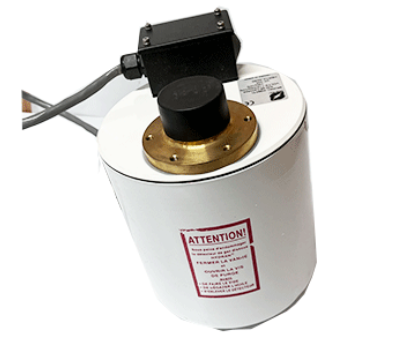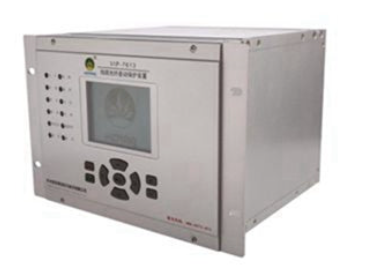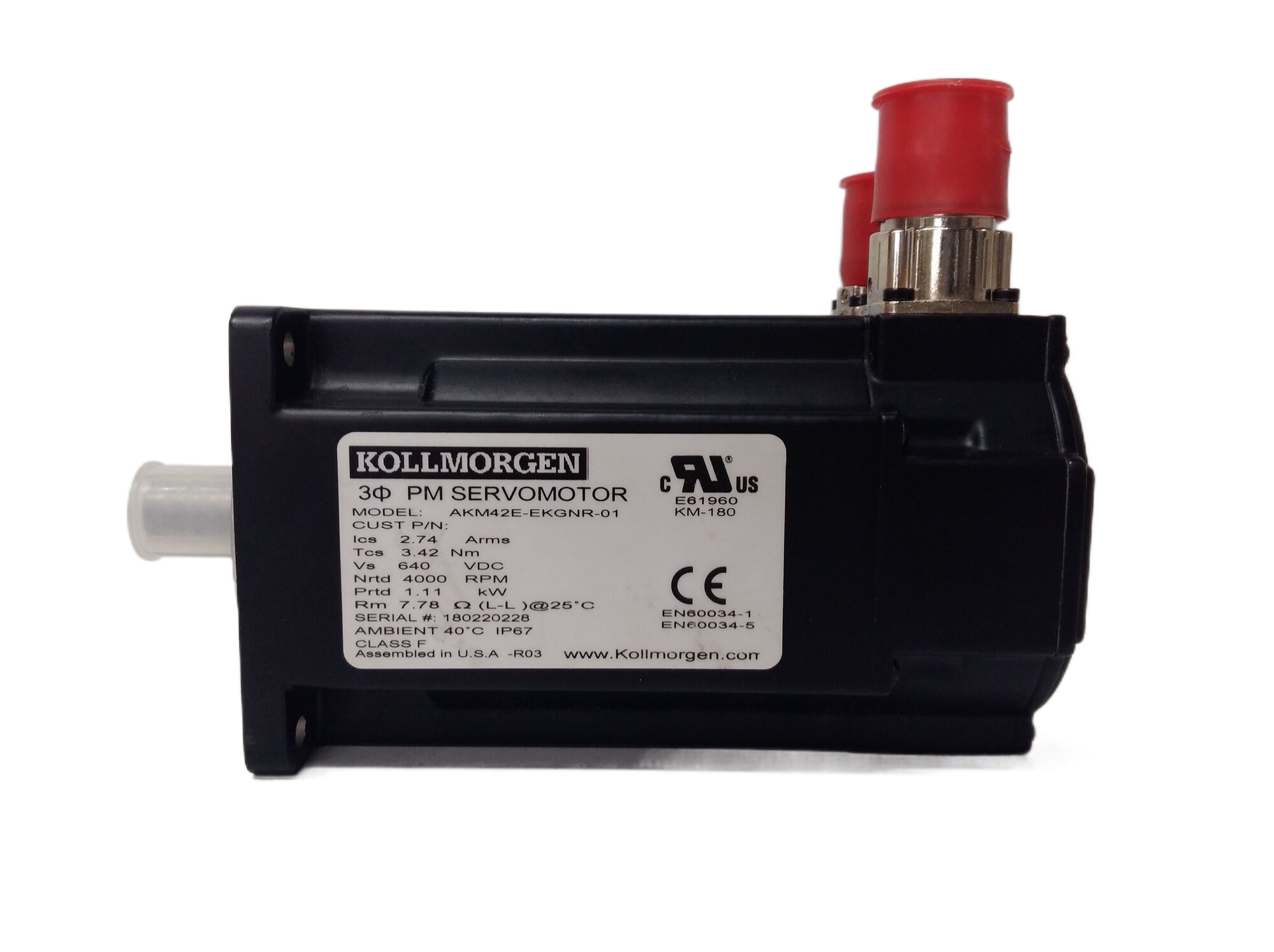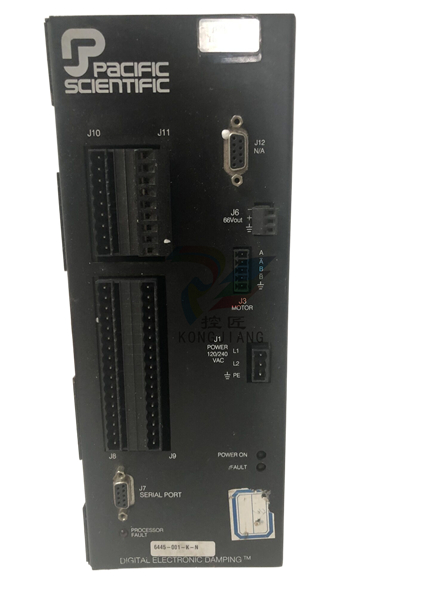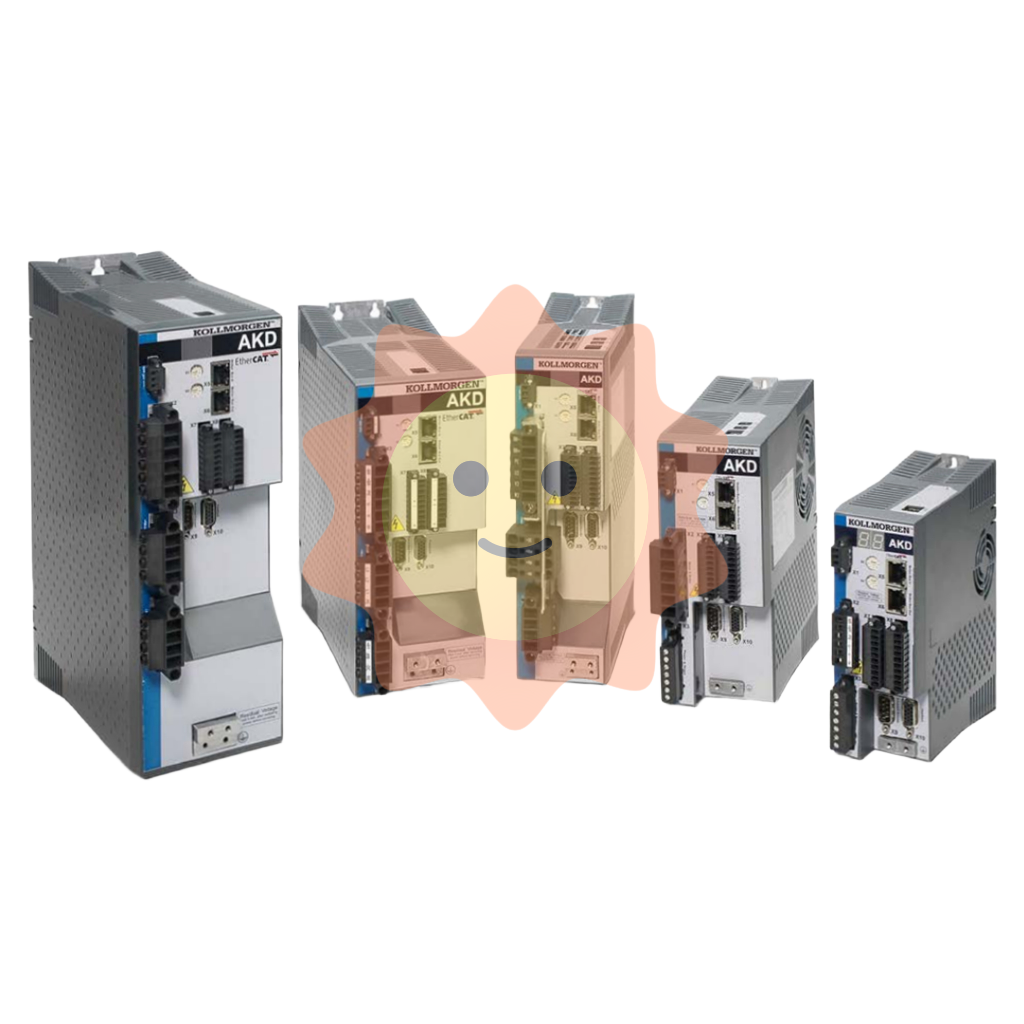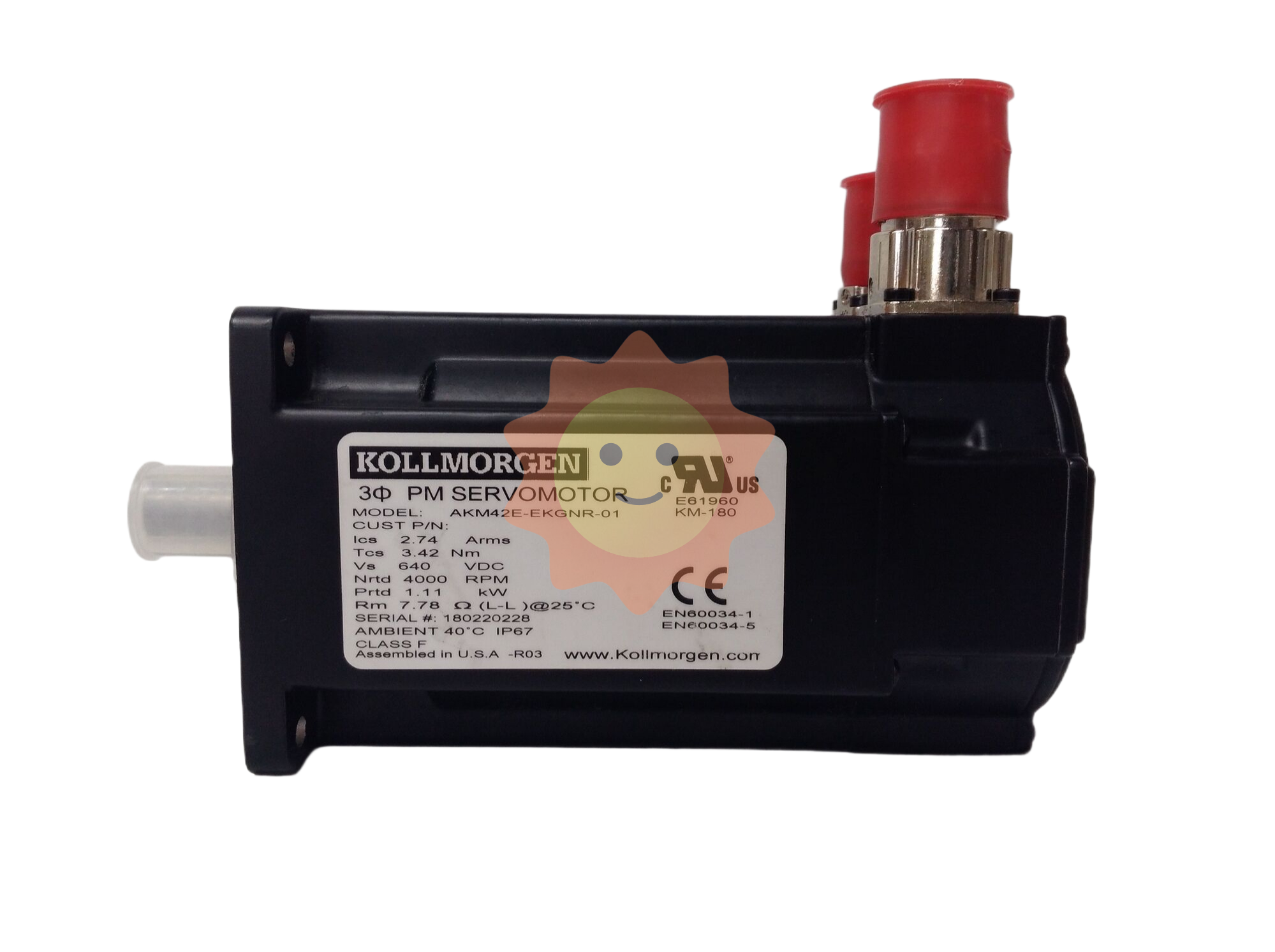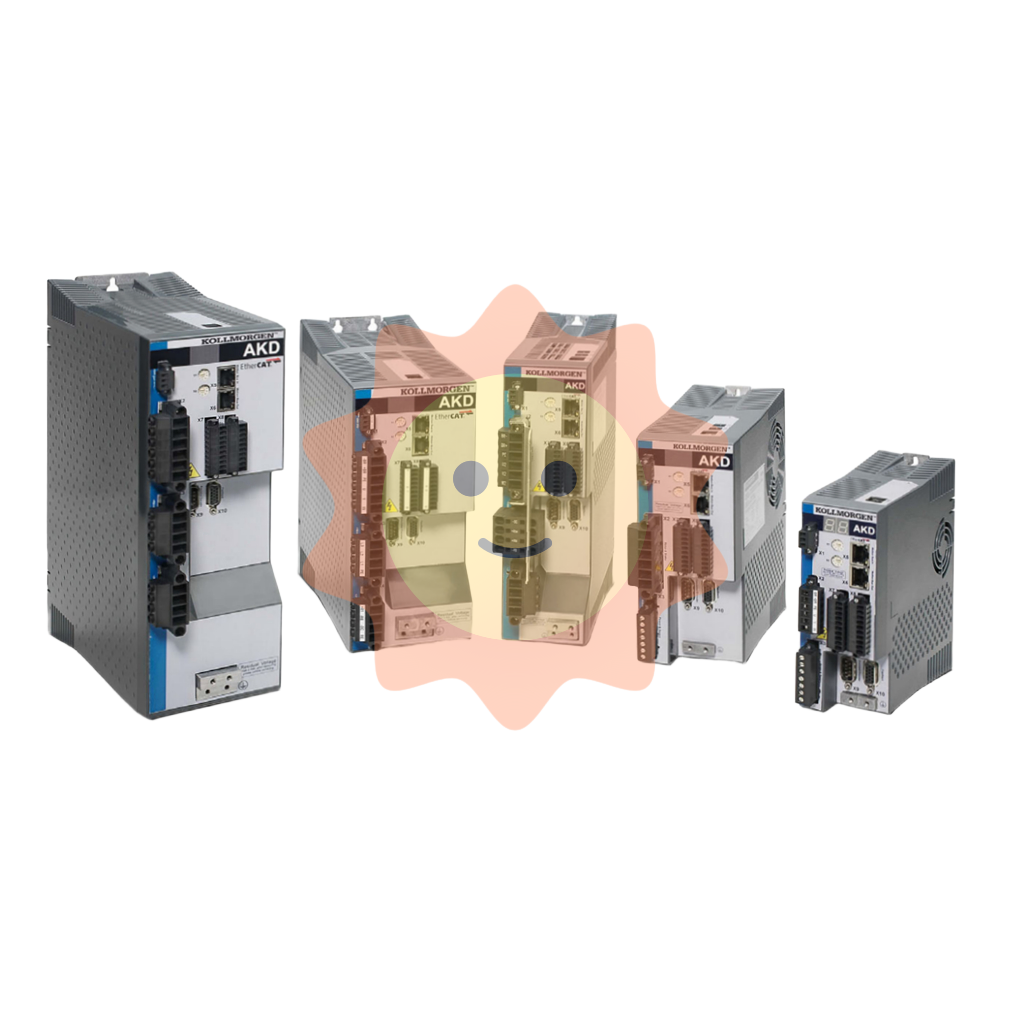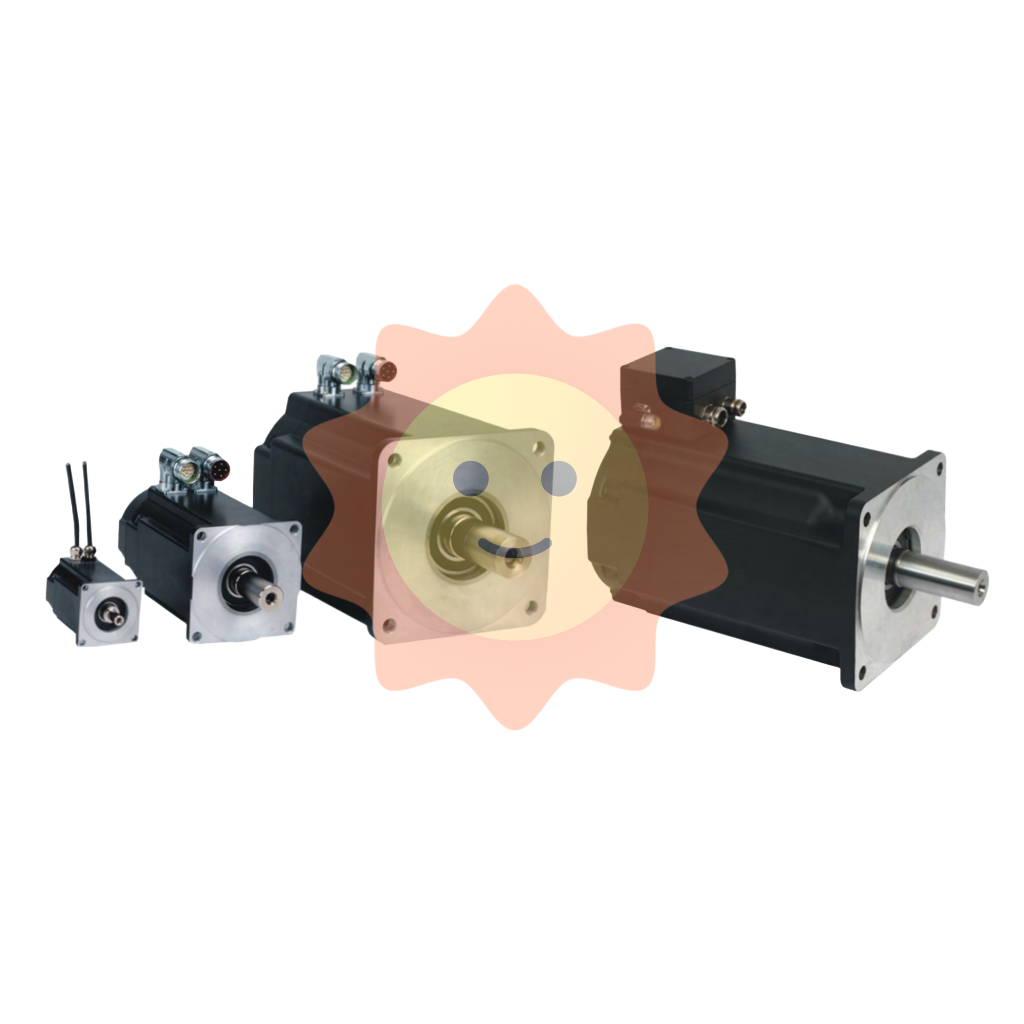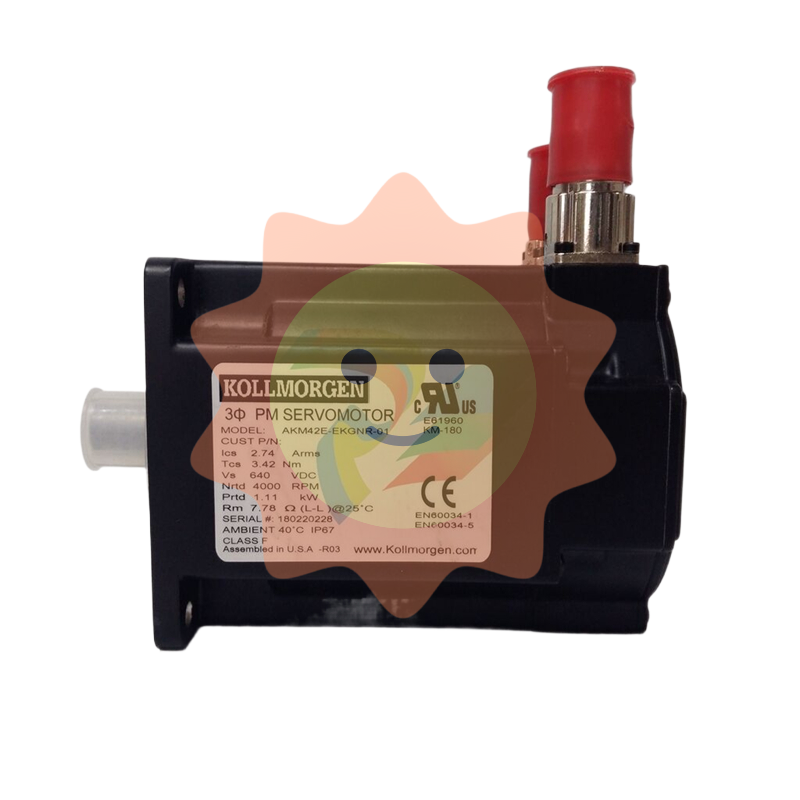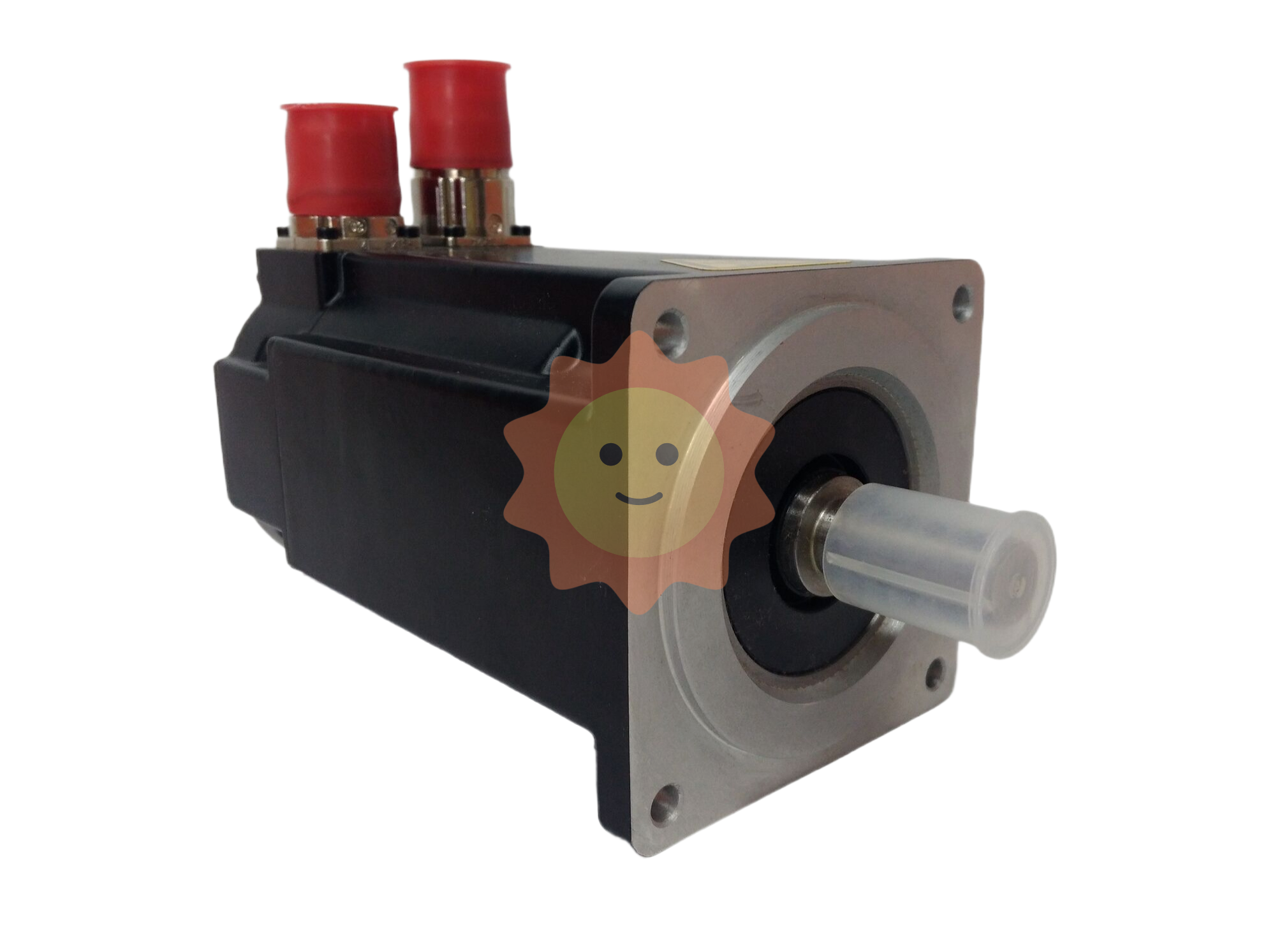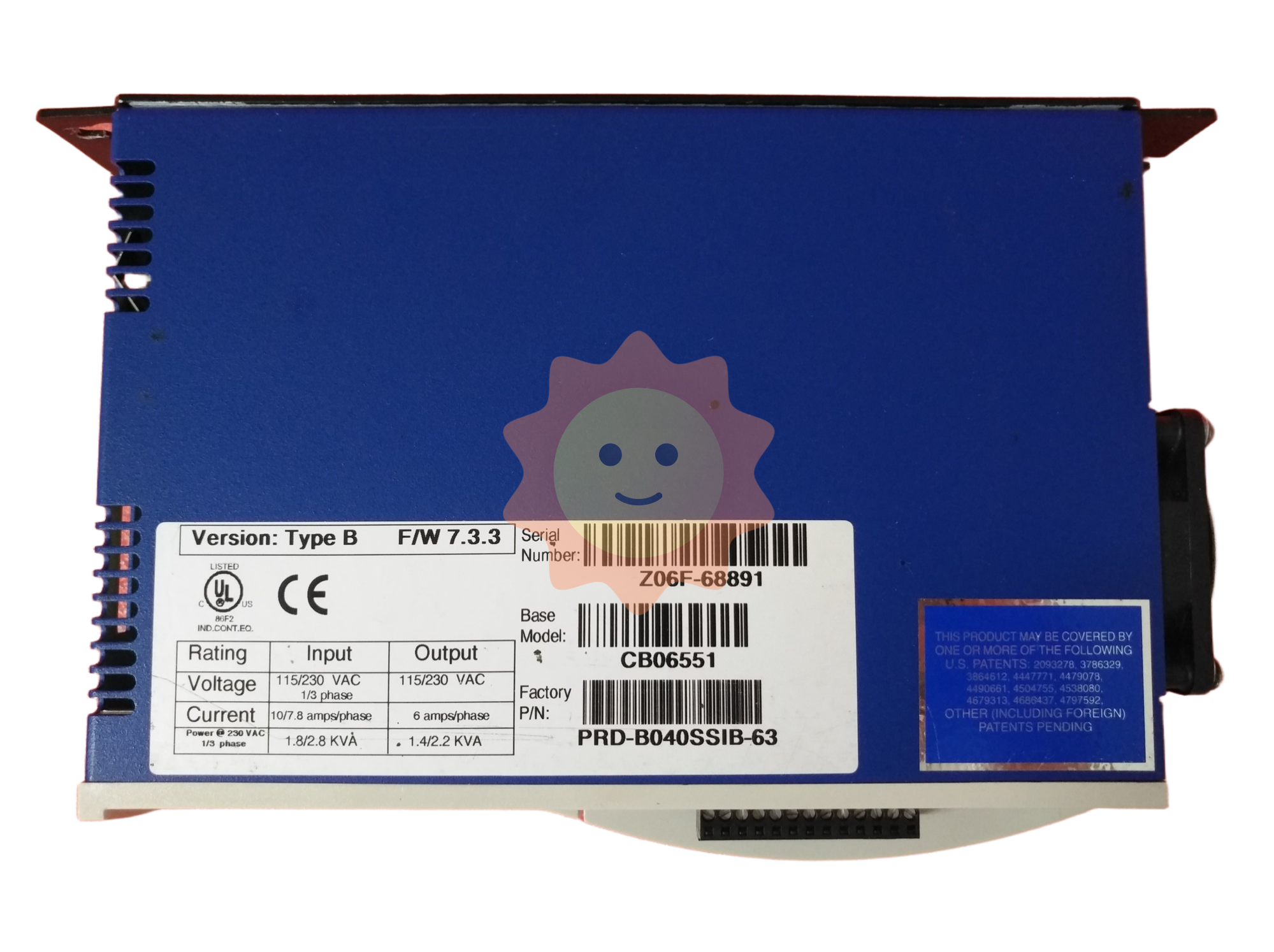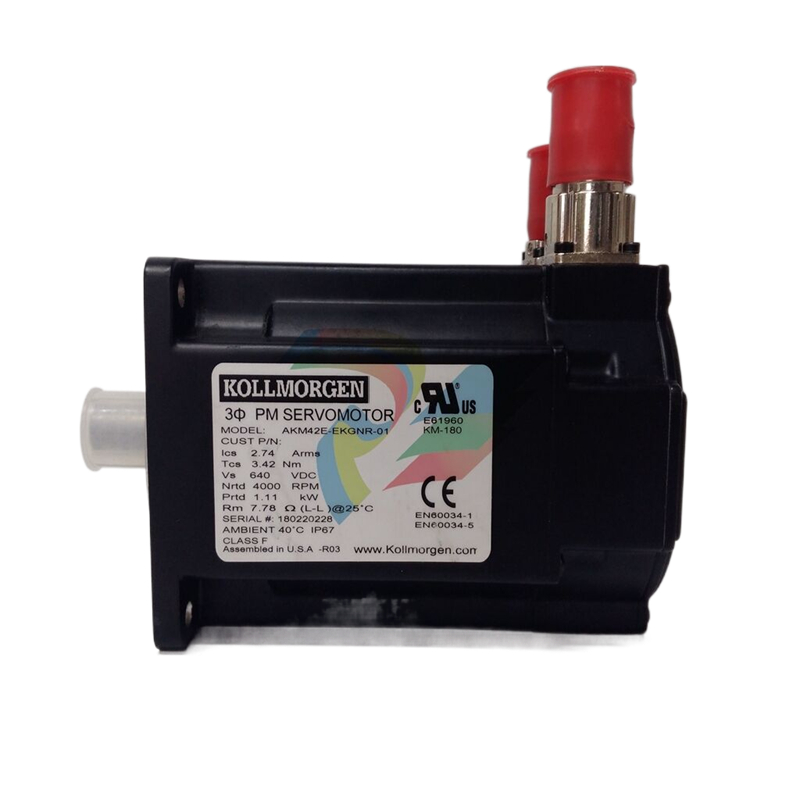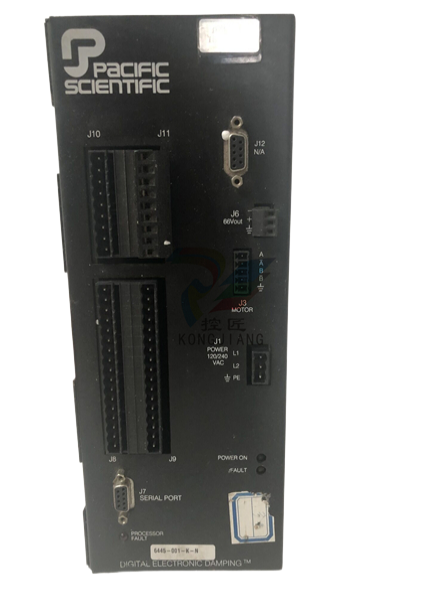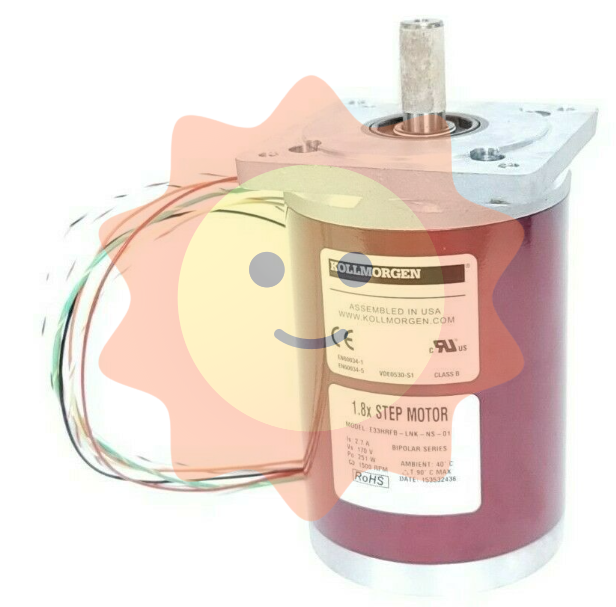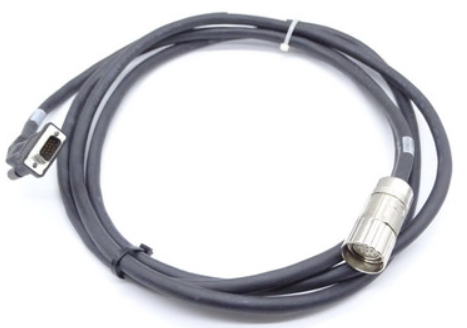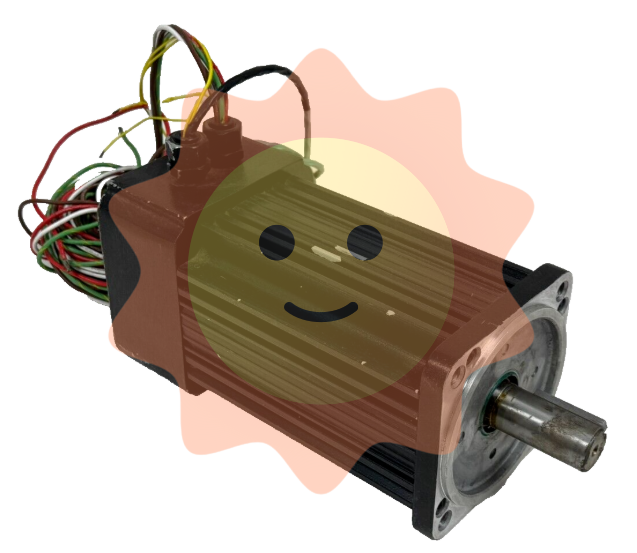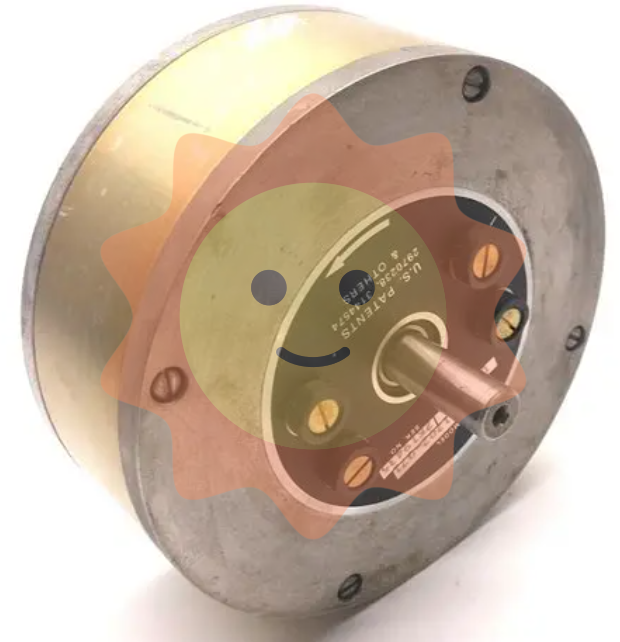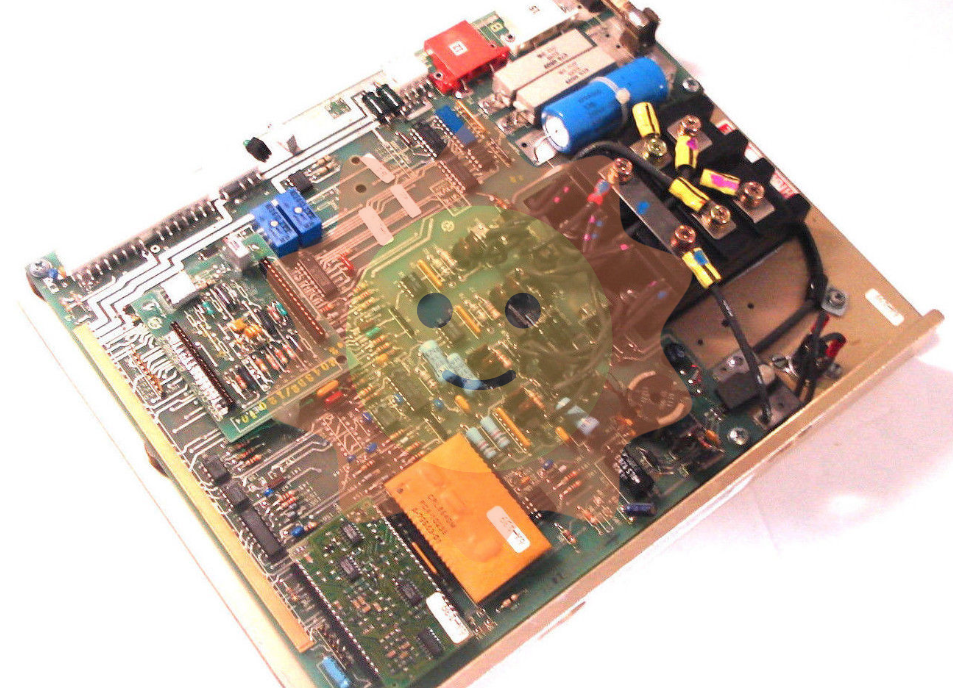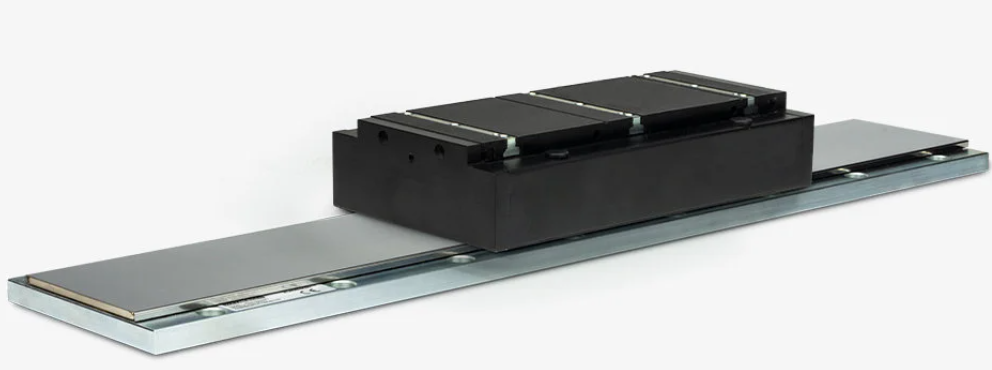General technology for hydrogen production from biomass
When a voltage is applied between the anode and cathode for electrolysis, the reduced POM loses electrons and gradually reoxidizes back to the initial state. The color of the solution changes back to yellow on the anode side, and the hydrogen bubbles are released from the cathode electrode.
Li et al. recently reported a self-powered biomass hydrogen production process that combines fuel cells and electrolytic cells. In this process, the electricity generated by the biomass fuel cell is used in an integrated electrolytic cell to release the hydrogen, thus avoiding the dependence of conventional electrolysis on an external power source. In an integrated cell system, POM is the catalyst for rapid oxidation of glucose to CO2 and oxidation products, which are eventually automatically regenerated during electrolysis. This process designs a unique "shared cell" in which the Fe3+/Fe2+ REDOX reaction takes place, acting as the cathode of the fuel cell and the anode of the electrolyzer, respectively, as shown in Figure 5. The process can effectively convert biomass to hydrogen at 85 ℃, and the hydrogen productivity is 0.0432 mL· m-3 · min-1.
- EMERSON
- Honeywell
- CTI
- Rolls-Royce
- General Electric
- Woodward
- Yaskawa
- xYCOM
- Motorola
- Siemens
- Rockwell
- ABB
- B&R
- HIMA
- Construction site
- electricity
- Automobile market
- PLC
- DCS
- Motor drivers
- VSD
- Implications
- cement
- CO2
- CEM
- methane
- Artificial intelligence
- Titanic
- Solar energy
- Hydrogen fuel cell
- Hydrogen and fuel cells
- Hydrogen and oxygen fuel cells
- tyre
- Chemical fiber
- dynamo
- corpuscle
- Pulp and paper
- printing
- fossil
- FANUC
- Food and beverage
- Life science
- Sewage treatment
- Personal care
- electricity
- boats
- infrastructure
- Automobile industry
- metallurgy
- Nuclear power generation
- Geothermal power generation
- Water and wastewater
- Infrastructure construction
- Mine hazard
- steel
- papermaking
- Natural gas industry
- Infrastructure construction
- Power and energy
- Rubber and plastic
- Renewable energy
- pharmacy
- mining
- Plastic industry
- Schneider
- Kongsberg
- NI
- Wind energy
- International petroleum
- International new energy network
- gas
- WATLOW
- ProSoft
- SEW
- wind
- ADVANCED
- Reliance
- YOKOGAWA
- TRICONEX
- FOXBORO
- METSO
- MAN
- Advantest
- ADVANCED
- ALSTOM
- Control Wave
- AB
- AMAT
- STUDER
- KONGSBERG
- MOTOROLA
- DANAHER MOTION
- Bently
- Galil
- EATON
- MOLEX
- Triconex
- DEIF
- B&W
- ZYGO
- Aerotech
- DANFOSS
- KOLLMORGEN
- Beijer
- Endress+Hauser
- MOOG


Email:wang@kongjiangauto.com

